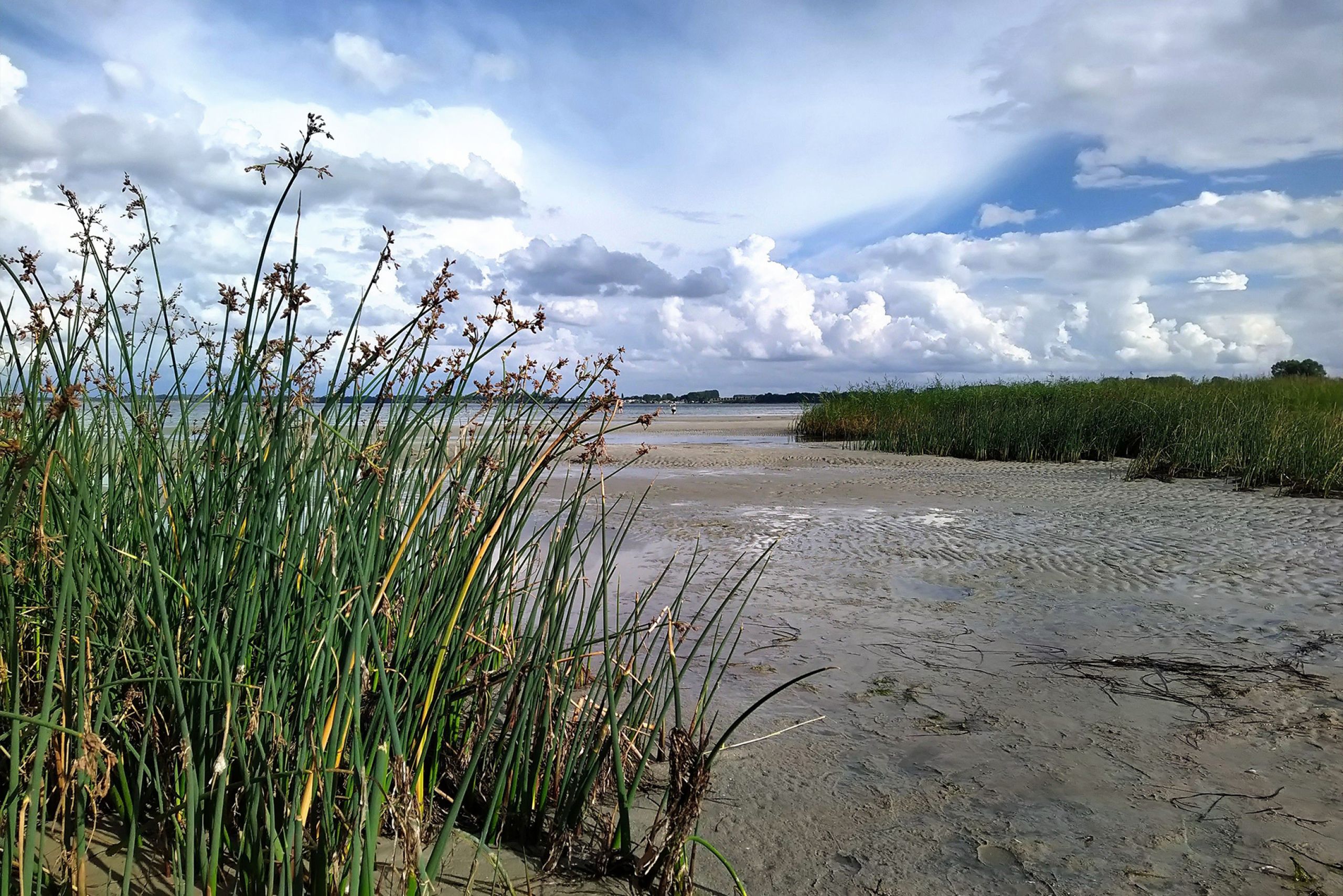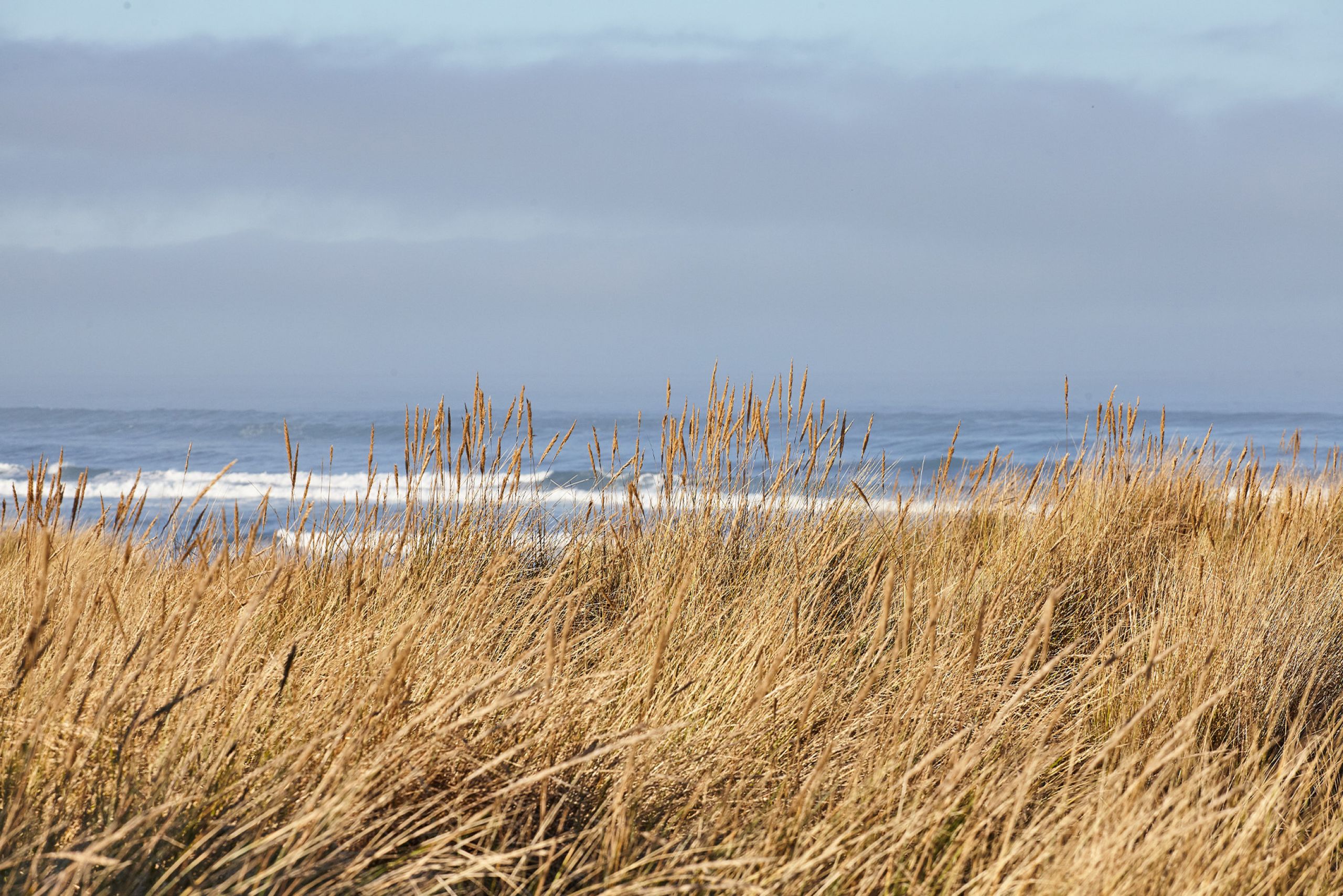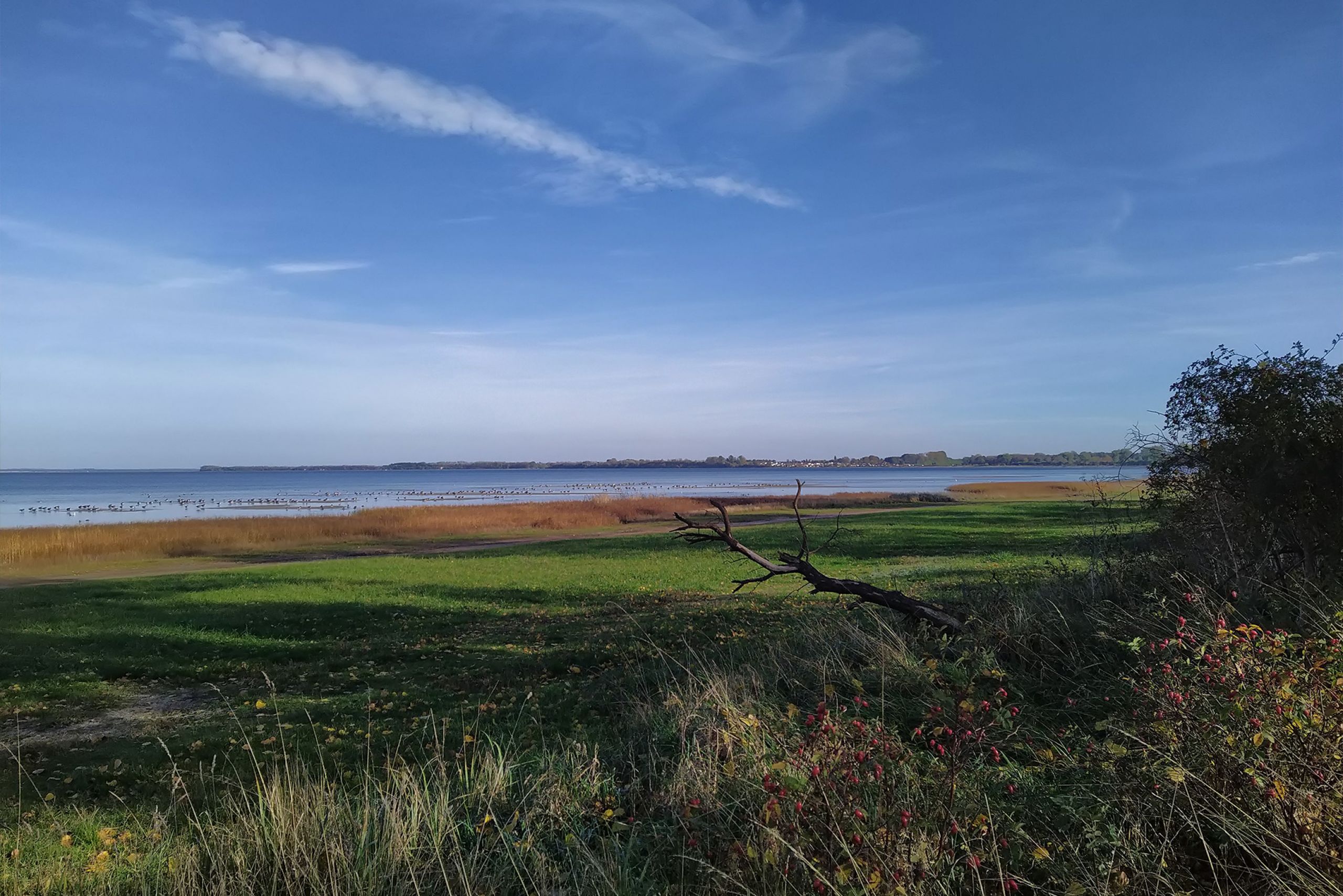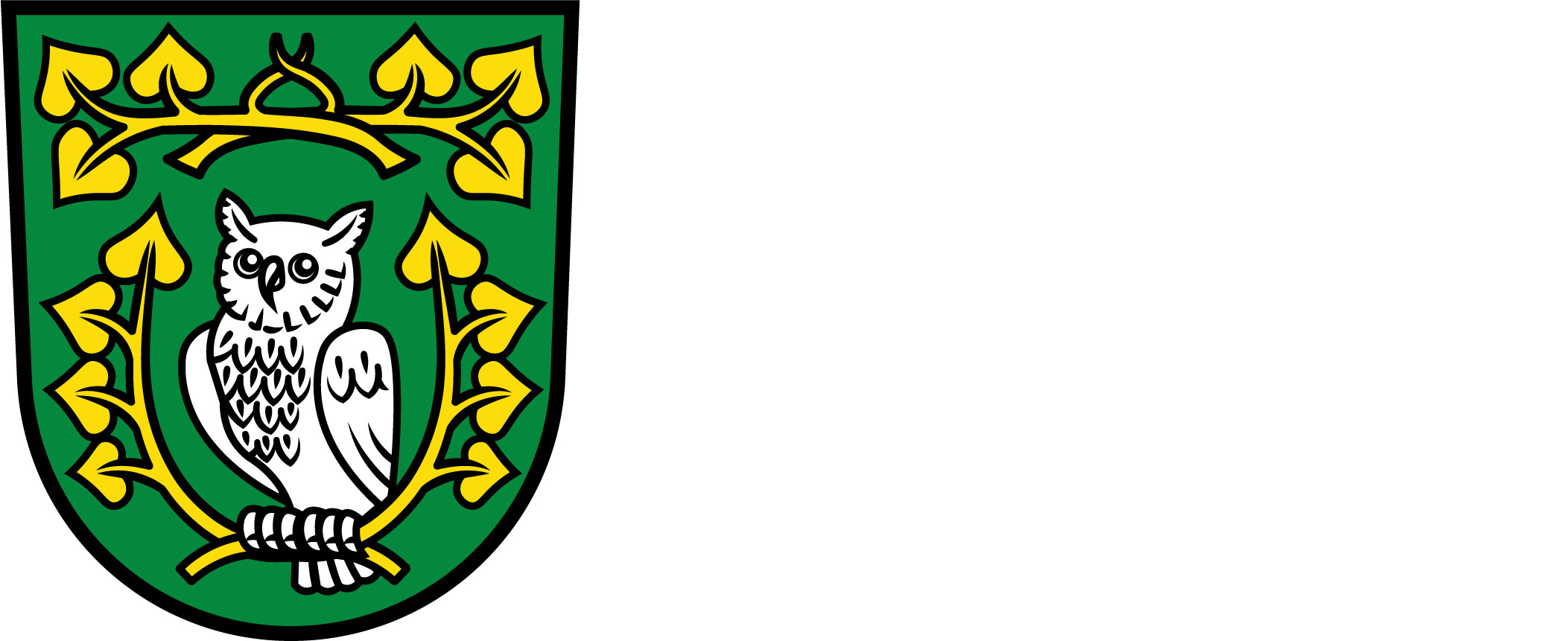Whether it's sunbathing, swimming or kitesurfing at the Wohlenberger Wiek or hiking along the cliffs in Wohlenberg or Steinbeck – with us, you can escape the daily routine and savor the soothing sounds of the waves!
During the summer months, the town of Klütz regularly cleans the supervised beach area in Wohlenberg, spanning approximately 4 kilometers, for the benefit of all beach visitors. The costs for seasonal beach cleaning amount to a high five-figure sum per year.
On October 19, 1913, the German Life Saving Association was founded at the "Hotel de Prusse" in Leipzig. The pier accident in Binz on Rügen in July 1912, where about 80 people fell into the water and 16 drowned, prompted the establishment of the DLRG. The beach area near the jetty at Wohlenberger Wiek is supervised by the DLRG during the summer months. The town of Klütz provides a DLRG watchtower including rescue equipment and a holiday apartment for the staffing of the DLRG watchtower.
There is a constant risk of cliff collapse at the steep coast. You enter the beaches and high coastal paths at your own risk! Keep a distance from the cliff edge and do not stay directly beneath the steep coast!
Horseback riding on Wohlenberg Beach is not allowed in the serviced beach areas from April 1 to September 30.
During exception times, the „Pferdehof Rudolph“ (Rudolph Horse Farm) offers guided group beach rides for advanced riders at the Wohlenberger Wiek.
On the German Baltic Sea coast, you mainly find the harmless moon jellyfish and comb jellyfish. The fire jellyfish, carrying poisonous tentacles, is rarer. The stinging cells with poison are located on the tentacles.
- Moon Jellyfish
5-30 cm-sized medusa, transparent, 4 white to violet ear-like gonads, increased occurrence from July to September due to rising deep water. - Comb Jellyfish
1-6 cm-sized hollow animal, transparent, without tentacles. - Fire Jellyfish
5-30 cm-sized medusa, yellow-orange color, tentacles up to 1 m long.
Symptoms upon contact with stinging cells:
Local redness, burning pain, and blistering, possibly accompanied by nausea, vomiting, mild fever, and circulatory disorders.
Immediate measures:
Do not apply pressure to the skin, avoid rubbing, rinse with salt water, apply vinegar or lemon juice only and leave on for about 30 minutes. Alternatively, apply sand and carefully scrape off after drying. Rinse with salt water. Cool the affected areas to relieve pain. In the event of extensive contact or circulatory disorders, consult a doctor.
The DLRG on the beach also provides first aid.
.
Use the designated water sports area at Wohlenberg Beach. Kite surfing is not allowed in the marked swimming zone.
At various locations along the Wismar Bay, dense and tall reed beds shape the shore zones. They serve as breeding grounds for the reed bunting and provide space for microorganisms living here, which have a cleansing, nutrient-reducing and oxygenating effect on the water. On the land side of the reed beds, pond warblers, reed warblers, reed buntings and occasionally the marsh harrier also breed.
"Seaweed" is a mixture of seagrass and algae washed ashore by waves and currents. Along the German Baltic Sea coast, it often consists of seagrass, kelp, green and blue-green algae, with small quantities of dead crabs and shells, but unfortunately also containing litter, cigarette butts and microplastics. Seagrass, the main component of seaweed, grows underwater in so-called seagrass meadows. These meadows provide an important habitat for animals and produce oxygen. Seagrass cleans the sea of pollutants and counteracts climate warming. One hectare of seagrass meadow binds more carbon monoxide than one hectare of rainforest. Seagrass dies in autumn and storms wash it ashore. The stranded seaweed also serves as a habitat for invertebrate animals such as worms, crabs and fish, providing nutrients for vegetation. Additionally, it influences the beach structure and acts as coastal protection by reducing wave energy, preventing sand drift and supporting the formation of coastal dunes.
Did you know that…
... the typical smell of the sea is not caused by seagrass but by seaweed (algae)? These decompose under the influence of oxygen.
... natural beaches refrain from removing seaweed? Waves bring seaweed to the shore, but they also take it back into the sea.
... seagrass meadows store a significant amount of carbon, making a valuable contribution to climate protection?
... the mixture of seagrass and algae can be used as an ecological fertilizer for gardens?
... larger quantities of seagrass can also be effectively used as insulation for house walls and roofs, as the material does not mold, is fire-resistant and meets common insulation standards?
Please buy a spa card.
At Wohlenberg Beach, you will find a vending machine for purchasing one-day spa tickets at each beach entrance. One-day spa cards can be paid for with cash (no change available), via the MobiletApp, or with a debit card at the machines. Anyone accessing the beach without a spa card will be charged an additional fee on top of the spa card fee.
Overnight guests do not need to purchase a one-day spa ticket at the beach; their Klütz spa card is sufficient.
Steep Coast Steinbeck
For those yearning for "pure nature," the cliff coast in Steinbeck is the ideal destination. The cliff coast extends for kilometers towards Lübeck/Priwall. This remote and wild natural beach invites you to leisurely strolls along the shore. With a bit of luck, you can find treasures of all kinds here: hag stones, thunderbolts, shells and perhaps even amber.
The Baltic Sea Coastal Cycle Route runs directly along the Lübeck Bay, passing by the cliff coast in Steinbeck. During the GDR era, the coastline along the Lübeck Bay was secured with a double barbed wire fence and control strips. Directly along the coastal strip, there was a protective strip approximately 500 meters deep from Rosenhagen to Steinbeck. Along the western edge of this protective strip, a 13 km long and 3.4 m high barrier wall was erected between Priwall and the fishing village of Brook. Fields and villages were leveled in the border strip. Fishing in the Baltic Sea was not allowed in this area.
Small „Beach-ABC“ for the Steep Coast of Steinbeck
In Steinbeck, a dog beach is designated westward starting from 200 meters from the access path to the beach. Dogs must be kept on a leash here, except for guide dogs accompanying disabled individuals.
There is a constant risk of cliff collapse at the steep coast. You enter the beaches and high coastal paths at your own risk! Keep a distance from the cliff edge and do not stay directly beneath the steep coast!
Other Beaches
Other beautiful beaches of varying quality can be found near Klütz. E. g., in the well-established seaside resort of Boltenhagen, you'll find a kilometres-long stretch of fine, white sandy beach. Alternatively, there are the more secluded and wild natural beaches in Brook, Groß Schwansee and Warnkenhagen, characterized by their clayey cliffs, large boulders and gnarled beachcombing treasures.
Nature Conservation
In the Wismar Bay, there are international protected areas, bird protection areas and flora-fauna habitats from the "Natura 2000" network. This network of protected areas was established within the European Union for the purpose of cross-border protection of endangered native plant and animal species and their natural habitats. In the Wismar Bay, there are five nature reserves (NR):
In 2006, an extensive management plan was developed to coordinate the interests of angling, water sports, fishing and nature conservation in the Wismar Bay. The city of Klütz is a signatory to the Voluntary Agreement "Nature Conservation, Water Sports and Angling in the Wismar Bay" (UG-FVW). The UG-FVW is tasked with preserving water sports, angling and tourist user groups in the Wismar Bay and Salzhaff for future generations while considering nature conservation, especially Natura 2000 concerns.
Further information on nature conservation::
Ministry for Climate Protection, Agriculture, Rural Areas and the Environment
Nature Conservation Wismar Bay
Further information, summer and winter navigation regulations, fishing in summer and winter and downloadable maps.
The following rules apply in the protected areas:
-
Please stay on the designated paths.
- Please avoid making loud noises.
- Please do not let dogs roam freely.
- Please do not leave any litter.
- Please do not feed the animals.
- Please do not pick plants.
Did you know that
- … the decomposition of a plastic bottle in nature takes about 400 years
- … it takes 20 years for a plastic bag to largely break down
- … it can take between 3 weeks and 5 years for newspaper to decompose
- … cigarette butts are also extremely durable, taking between 10 and 15 years to fully decompose in nature? Moreover, when left carelessly in beach sand, they pose a hazard to young children.






